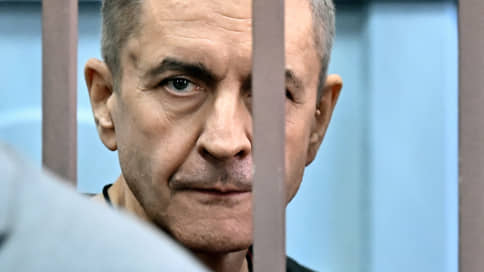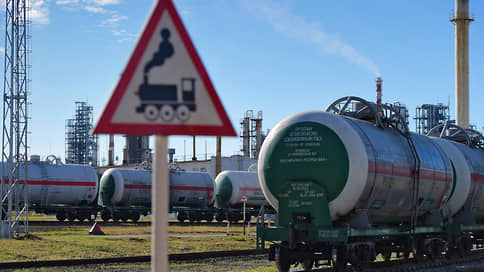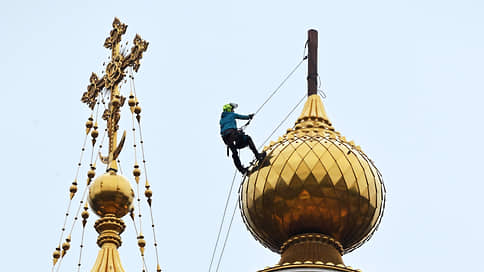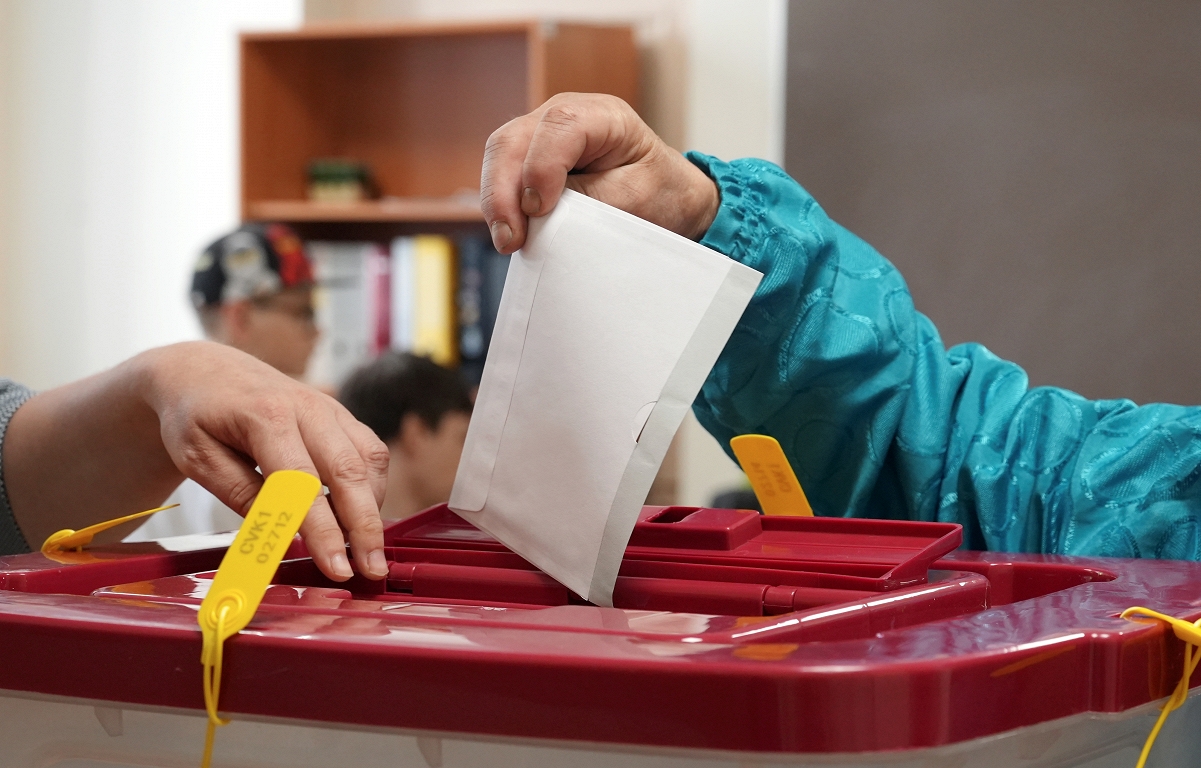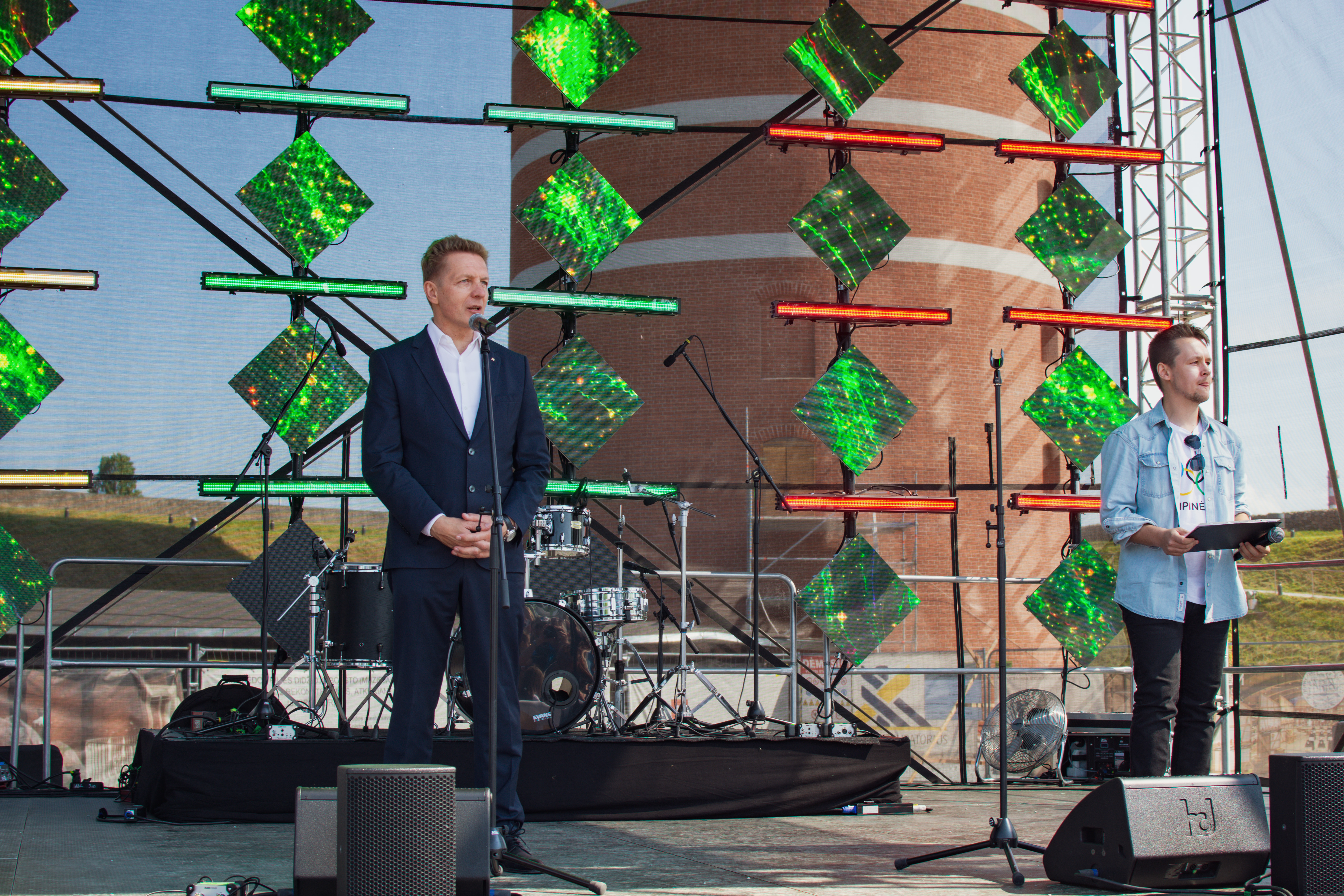Seligdar refused to develop a golden project in Yakutia

Polymetallic holding « Seligdar » (MOEX: SELG) refused to develop the ore gold deposit in the school site in Yakutia. The development of the field was economically impractical, which is possibly explained by the difficult conditions of the region and geological difficulties. Another factor is not excluded by analysts, competition within the company could become for financing other projects.
The Seligdar holding, leading the extraction of gold and tin, refused to develop the ore gold deposit on the school bowl in Yakutia, follows from the IFRS reports for 2024. Owning a license for a geological study of the section “Twenty -third concession company” is undergoing liquidation. The decision was made due to the lack of economic feasibility of developing the field, reports said.
Seligdar acquired 51% of the company in 2021. The partner in the project was Rusgeoresurs Igor Snegurov. The Seligdare hoped that the development of the deposit would increase the holding’s resource base in the Aldan district of Yakutia near the current production facilities, in particular, Ryabinov GRK.
The Seligdare informed Kommersant that exploration work on a number of projects was actively conducting. In the school subsoil section, a decision was made on the inappropriateness of the development of the field due to the lack of economic efficiency, the company confirmed. For other projects, the holding continues to work without any changes, added to Seligdar.
In 2024, Seligdar produced 8.2 tons of ligature gold, 3 thousand tons of tin in concentrate, 1.18 thousand tons of copper and 103 tons of tungsten. The revenue of the IFRS holding in 2024 increased by 6%, to 59.3 billion rubles, pure loss increased by 11%, to 12.8 billion rubles. At the end of 2024, 50.62% of the holding owned Maximus LLC, which belong to the co -owners of the Russian Funds group Konstantin Beirit and Sergey Vasiliev.
The BCS World Investment Stock Market expert Andrei Smirnov notes that the conditions of production in Yakutia are quite harsh, and the region itself has a limited coating of the necessary infrastructure for a comfortable work. The source of additional costs could be geological difficulties. “If the concentration of gold in the field was lower than the planned, then the development of the field could provide too low profitability. In extreme cases, it could be unprofitable, ”he explains. According to Alfa-investment analysts, Seligdara has the highest cost of gold production in its segment.
In addition, Andrei Smirnov continues, the holding suffers a net loss for the second year in a row and increases the debt load, which compresses the financing of some projects. According to the results of 2024, the financial debt of Seligdara increased 1.5 times, to 90.55 billion rubles. As Mr. Smirnov notes, the holding in parallel invests in the coniferous field: « Competition for financing could not play in favor of the school site. » As stated in the Veles Capital review, the purpose of the Seligdara investment program is an increase in gold production to 659 thousand ounces by 2030 against 245 thousand ounces in 2024. Two large projects are coniferous and kyuchus, which should provide an additional 80 thousand ounces and 322 thousand ounces, respectively.
As noted in the Veles Capital review, world prices for gold were fixed above $ 3 thousand per ounce, which became the result of high global demand. Global investors have been presenting a record demand for gold for the fourth year in a row, a tangible contribution to consumption has made the Central Bank of developing countries, analysts indicate. According to Andrei Smirnov, during periods of growth in gold prices, refusing the development of new deposits is less common. But, he points out, this is a capital -intensive, long -term process that requires accurate calculations.

